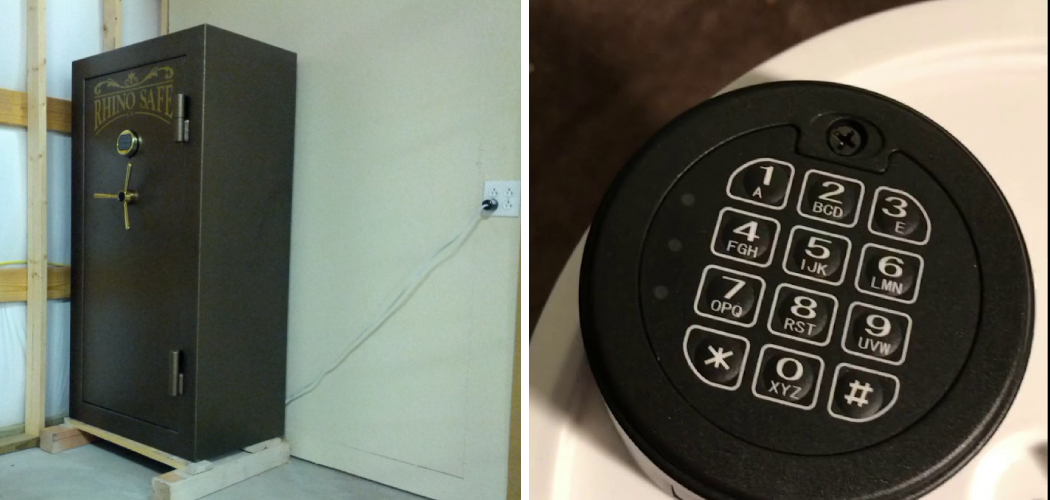Changing the combination on a Winchester gun safe cannot be overstated, as it is a crucial step for enhanced security. Regularly updating your safe’s combination helps safeguard your valuable firearms and prevents unauthorized access. Scenarios that may require you to change the combination include new ownership of the safe, a recent security breach, or simply as a periodic precautionary measure to maintain optimal security.
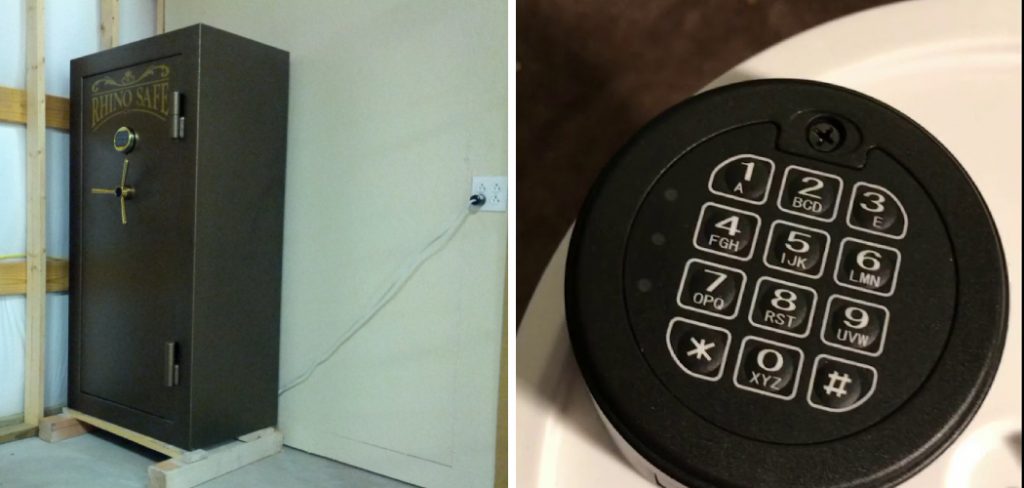
The process of how to change combo on Winchester gun safe involves a few straightforward steps that vary slightly depending on whether the safe uses a mechanical dial lock or a digital keypad lock. With the right tools and guidelines, you can ensure that your gun remains a secure storage solution.
This guide will provide a comprehensive overview of changing combinations on both types of locks, ensuring you can perform the task effectively and confidently.
Understanding Your Winchester Gun Safe
Types of Locks on Winchester Safes
Winchester gun safes have different locking mechanisms, primarily mechanical dial locks, and digital keypad locks. Mechanical dial locks are traditionally operated by turning a dial to align numbers in a specific sequence. These locks are robust and reliable, often preferred for their proven sturdiness over time. On the other hand, digital keypad locks offer modern convenience, allowing quick access by entering a numeric code on an electronic keypad.
Knowing your specific lock type is crucial for following the appropriate instructions when changing the combination, as each type requires a distinct process unique to its mechanism.
Basic Components and Functions
A Winchester gun safe’s lock mechanism has several essential components to understand before changing the combination. Mechanical dial locks include the dial, spindle, and combination wheels, whereas digital keypad locks feature a keypad, circuit board, and resetting button.
For both types, the reset button or keyhole is a pivotal component that enables the combination change process. Familiarizing yourself with these components and their functions is significant, as it helps in accurately navigating the lock’s mechanism and ensures each step of the combination change is executed correctly and efficiently.
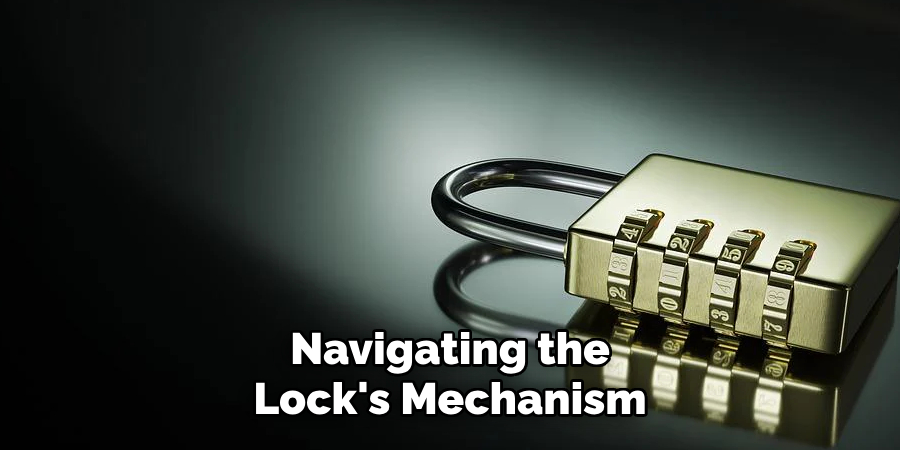
Preparing to Change the Combination
Gathering Necessary Tools and Information
Before you start changing the combination on your Winchester gun safe, gathering all the necessary tools and information is essential. Having the user manual specific to your safe model is crucial, as it contains model-specific instructions that are vital for a successful combination change.
Alongside the manual, you may need a small screwdriver to access the change keyhole or battery compartment, a flashlight to illuminate dim or hard-to-see areas, and any other tools specified in the manual. Ensuring all these tools are readily available will streamline the process and minimize any potential issues.
Safety Precautions
Safety should be your top priority when changing the combination on your Winchester gun safe. Ensure that the safe is open and completely empty before you begin the process. This precaution prevents any accidental locking of valuables or firearms inside during the change.
Additionally, keep the current combination or key accessible during the operation to avoid being locked out of the safe. Following these safety measures not only protects your belongings but also ensures a smooth and efficient combination change process, enhancing the overall security of your safe.
How to Change Combo on Winchester Gun Safe: Changing the Combination on a Mechanical Dial Lock
Locating the Change Keyhole
To begin the process of changing the combination on a mechanical dial lock, you first need to locate the change keyhole. This keyhole is typically found on the inner side of the safe door, behind the lock mechanism. It is crucial to consult your specific Winchester gun safe’s user manual to accurately identify the exact location of this keyhole.
The change keyhole is designed to accommodate the change key, a specialized tool that interacts with the lock’s internal mechanism to allow for a new combination to be set. Understanding its role and precise location is essential for a successful combination change.
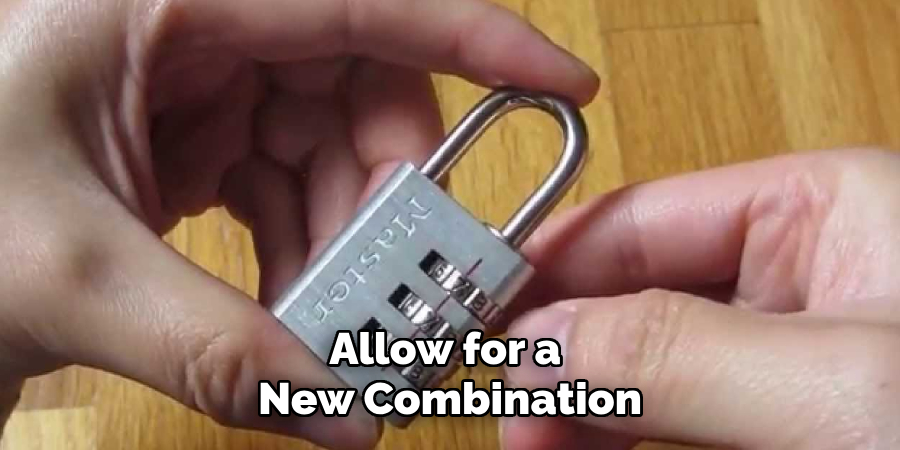
Inserting the Change Key
Once you have located the change keyhole, the next step is to properly insert the change key into it. Ensure that the key is fully inserted and securely in place. Carefully turn the change key to the correct position, as your user manual specifies. This movement typically disengages the current combination and prepares the lock to accept a new one.
The key must be turned to the designated position to successfully initiate the combination change process. Misalignment can result in an unsuccessful attempt, so it’s imperative to follow the instructions accurately for this step.
Setting the New Combination
You can begin setting the new combination with the change key properly inserted and turned. Start by rotating the dial to the first number of your new combination sequence. Following any directional instructions in your user manual is crucial, typically involving a series of full rotations in a specific direction.
Continue rotating the dial to the subsequent numbers of your new combination, ensuring each number aligns correctly with the reference points indicated on the dial. It’s advisable to write down the new combination immediately to avoid any errors or forgetfulness. Double-check that you have properly aligned each number and followed the correct sequence, as this will determine the functionality of the new combination.
Testing the New Combination
After setting the new combination, carefully remove the change key from the keyhole. It is necessary to then close the safe door and test the new combination several times with the door open to verify its accuracy. Enter the new combination exactly as you recorded it, ensuring each step is performed precisely.
This verifies the lock’s acceptance of the new combination and prevents any potential lockouts. If done correctly, the safe should unlock smoothly with the new combination, providing you the confidence to use the safe securely. Repeat this testing process multiple times to ensure consistent and reliable lock operation.
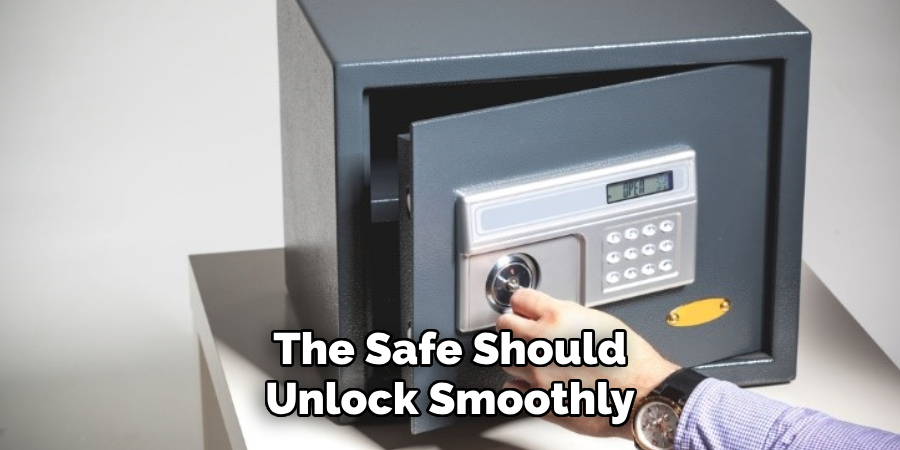
How to Change Combo on Winchester Gun Safe: Changing the Combination on a Digital Keypad Lock
Entering the Current Code
To begin the process of changing the combination on a digital keypad lock, you first need to enter the current code to access the combination change mode. This step is crucial as it verifies your authorization to change the lock. Carefully press the digits of your existing code on the keypad in the correct sequence, ensuring each button press is firm and deliberate.
Typically, a confirmation indicator, such as a green light or beep, will signal that the code has been accepted. Follow the instructions in your specific Winchester gun safe user manual for the exact sequence required to initiate the combination change mode.
Accessing the Reset Function
Once the current code has been successfully entered and accepted, the next step is to access the reset function on the keypad. This often involves pressing a designated “reset” button or a specific sequence of keys as described in your user manual. This function is pivotal as it initiates the combination change process, allowing the lock to accept a new code.
It is vital to follow the manufacturer’s instructions precisely during this step to prevent any malfunctions. Missteps can result in unsuccessful code changes or even temporary lockouts, so attention to detail is paramount.
Setting the New Code
You are now ready to set your new code with the reset function activated. Begin by entering your desired new code on the keypad. Ensure each digit is pressed clearly and that you adhere to the length and format requirements specified in your user manual. After entering the new code, you must confirm it by re-entering the same sequence.
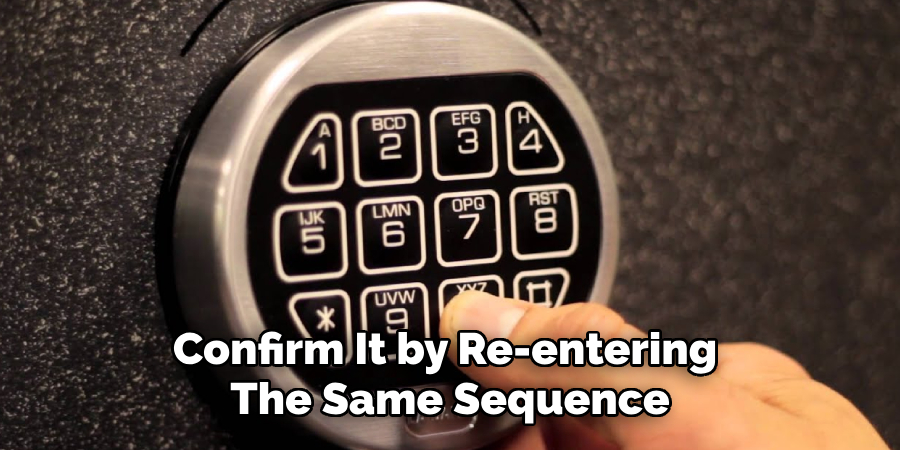
This step is essential to ensure accuracy and to prevent any mistakes. When choosing a new code, consider a secure and memorable sequence, avoiding easily guessed numbers like “1234” or significant dates. Additionally, avoid using codes that could be easily associated with you to enhance security. Writing down the new code temporarily can help ensure you remember it accurately until you are confident it is securely committed to memory.
Testing the New Code
After setting and confirming the new code, it is essential to test it multiple times to ensure it works correctly. Close the safe door and then enter the new code as you would in regular use. The safe should open smoothly if the code has been set correctly. It is recommended that this testing is performed with the door open initially to avoid being locked out due to any errors.
By testing the new code several times, you confirm the reliability of the new sequence and the functionality of the lock. Repeated successful trials ensure the new code is correctly implemented and the safe is secure.
Troubleshooting Common Issues
Even with careful attention to detail, issues can occasionally arise when changing your Winchester gun-safe combination. This section addresses some of the most common problems and offers solutions to resolve them efficiently.
Combination Not Working
If the new combination does not work as intended, review each step of the change process to ensure all instructions are followed precisely. Common errors include misdialing a number or not fully inserting and turning the change key. Carefully redo the combination change process, paying close attention to each action. If the problem persists, consult your user manual for additional troubleshooting tips.
Lock Mechanism Issues
If you experience issues with the lock mechanism, such as the dial not turning smoothly or the keypad not responding, the mechanism might need cleaning or servicing. Lightly lubricate the dial and ensure the keypad is free from dust and debris.

If the issue remains unresolved, or if you encounter complex mechanical problems, promptly contact Winchester customer support for professional assistance. They can provide expert guidance or arrange for necessary repairs to ensure your safe remains secure.
Preventive Measures
Maintaining the security of your Winchester gun safe involves several preventive measures. Regularly testing and maintaining the safe’s lock ensures its continued functionality and helps detect any potential issues early. Keeping a written record of the new combination in a secure location is crucial to avoid accidental lockouts and to provide a backup in case of forgetfulness.
Additionally, periodically changing the combination—every six months or as needed—enhances security by reducing the risk of unauthorized access. By adhering to these preventive practices, you can ensure that your safe remains a reliable and secure place to store your valuables.
Conclusion
Changing the combination on your Winchester gun safe involves a detailed and precise process, but it ensures the continued security of your stored items. The primary steps include entering the current code to access combination change mode, utilizing the reset function, setting your new code, and thoroughly testing it for reliability. Following the instructions meticulously at each stage prevents errors and potential lockouts. Proper technique and attention to detail are crucial to mastering how to change combo on Winchester gun safe.
Maintaining the safety of the safe doesn’t end with changing the code. Regular preventive measures are essential, such as routine testing, keeping a written record of the combination in a secure location, and periodically updating the code. These practices safeguard against unforeseen issues and contribute to the overall reliability of your gun safe. Adhering to these guidelines ensures ongoing security and peace of mind for your valuable possessions.

